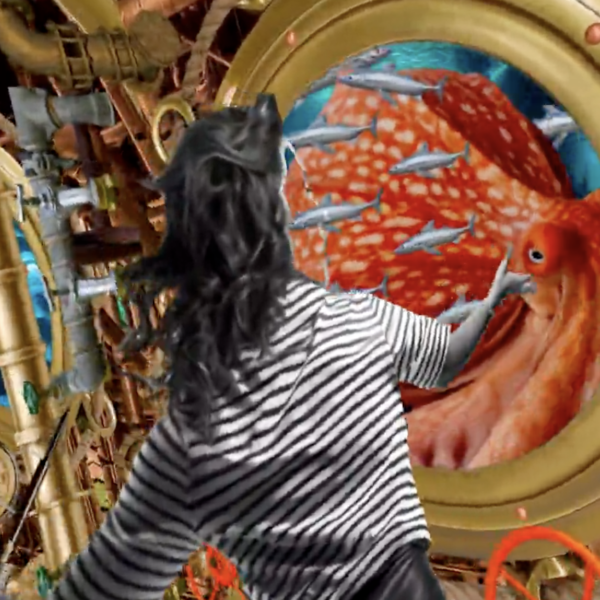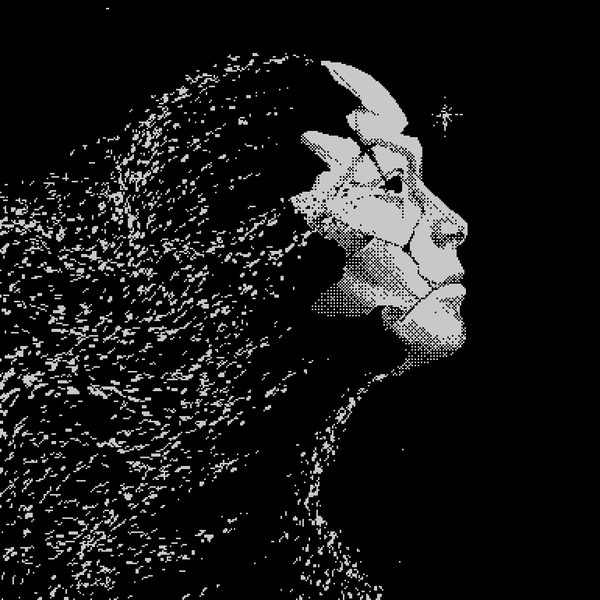From Cyberpunk to Classic: Dangiuz’s Vision of Art’s Future
We chatted with Italian artist, art director, and graphic designer Dangiuz about some of the social online realities of the NFT world, his use of Twitter, and where art is headed. In this interview, we unpack how being doxxed changes his use of social media. Please note, this conversation has been edited for brevity and clarity.

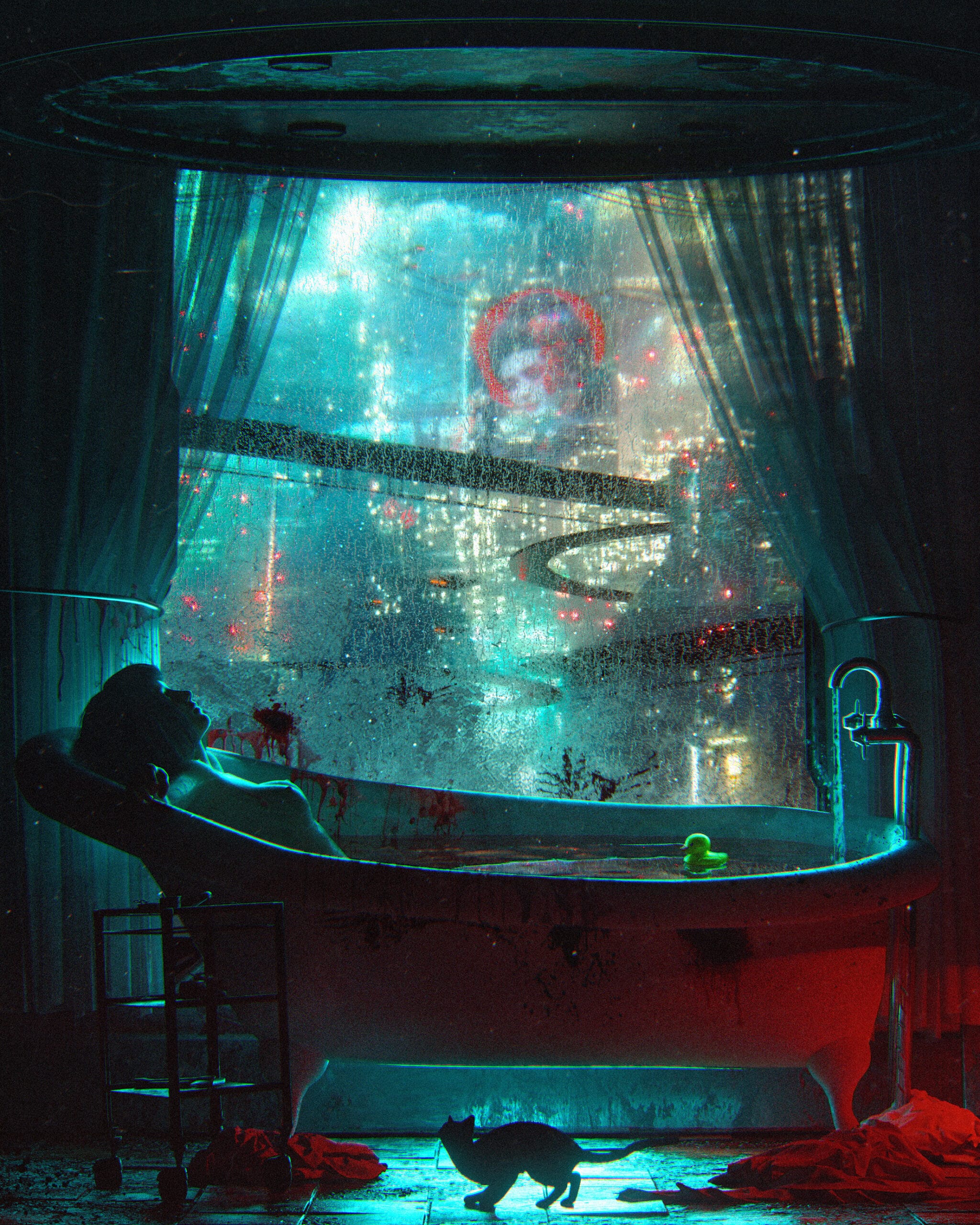
Q: What is the role of social media and feedback as an artist? What is that experience like? Is social media a necessary evil?
DANGIUZ: Yes, it is. Social media is definitely necessary in this world. I know a couple artists that avoid using social media– but it’s really, really hard to keep up with everything they make. I grew up digitally with social media, forums, and websites. So for me, posting stuff on the internet, waiting for feedback, critiques, advice, and all of that sort of stuff is very, very common even when I was younger back in graphics forums and that sort of stuff. Some people tend to be rude while others are more constructive with their criticism, but it’s fine. It’s the internet, you have to take it for what it is. I do think posting is better than not posting, and I think it’s necessary. It can be harsh at times. One just has to keep in mind that it’s the internet, and it’s a double-edged sword.
Q: How much of your life do you share with the internet? There’s curiosity surrounding who you are. For the longest time, your profile picture was a punk. Do people know who you are? How much do you share online?
DANGIUZ: I was always doxxed, even though I had a punk for a long time. I was always doxxed on Instagram, on Twitter, with my face and my full name. I just really haven’t shared much about my personal life, simply because I don’t think it’s that interesting to other people. I don’t really travel much. I wish I did. The reality is I spend most of my days in the studio, so I just make art and I share what I make rather than sharing a picture or a selfie of me.I don’t think that is that interesting. That’s why I don’t share much, not even pictures of meals. Obviously, no disrespect intended to those people who share their life on social media. If you share your lunch or maybe your new pair of shoes, that’s totally fine. I mean, you can post anything you want as long as it’s respectful towards other people.
Q: If you were just starting today, would you be anon or would you do something under your dox name?
DANGIUZ: I don’t know. I think there are good and bad sides about being anonymous or being doxxed. I would certainly like to try to see how something I made would be perceived by the public, the collectors, or other artists. I think I’m fine with being doxxed. Not a problem at all.
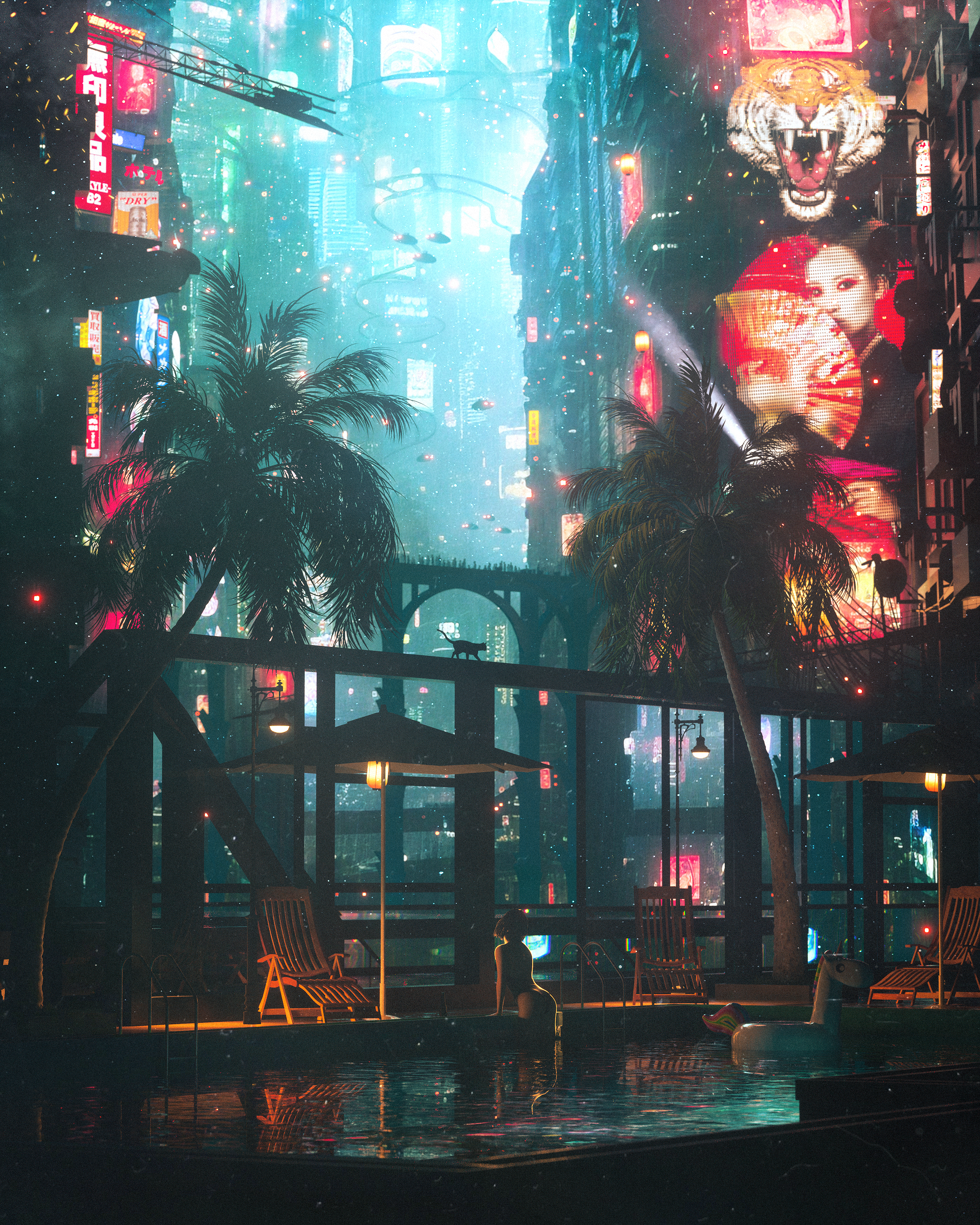
Q: You had your own following on Twitter that was not NFT-related before you entered the crypto world. Do you feel like you have to maintain a foot in both worlds? The people who just liked your art for the sake of liking art, versus the collectors that are there for NFTs?
DANGIUZ: To be honest, I don’t think I have to keep a foot in both worlds. I must say back in 2017, I’ve already purchased some ETH because I have some friends that have been into crypto for a very long time. So I’ve always had a good opinion about crypto. I never was one of those people saying, “Oh no man, I don’t like that. It’s too risky, it’s a scam,” sort of stuff. So when this NFT thing started, I was like, “Hey man, this is amazing.” I had to explain what it was to my followers. While I was learning it for myself, I tried to onboard them and teach what I knew about it. I have never been an investor, and I never give any advice. I know zero about coins, I know zero about investments, so I’m just an artist. I can onboard people, but I’m in it for the art and for the tech. So the side of crypto that I can cover is the side that is enough for an artist in order to be in the NFT space, not a single bit more.
Q: Your pieces feel like they are commentaries on society, and where society is going. Do you have a view on where society is headed?
DANGIUZ: Yes, sort of, but it is not really my invention or anything like that– because sci-fi and cyberpunk lore have always been about fighting the power. These small people, poor people, are trying to make it against these big corrupted politicians, this big corporation, and every day they are trying to come up with something to get by. So this is the cyberpunk message, and it’s something that I adopted in my art, not something I invented. But to that, I like to add my romantic point of view, which is the kitty and falling in love with these people, rooting for them. That is what I try to make. I also like to keep it open to interpretation for the viewer, for anyone who’s looking at my art. So yeah, I mean, if people can find some hidden messages, or maybe they can reinterpret my pieces in a certain way, I’m all for it. I’m not really looking to say something specifically with every piece, not always at least.
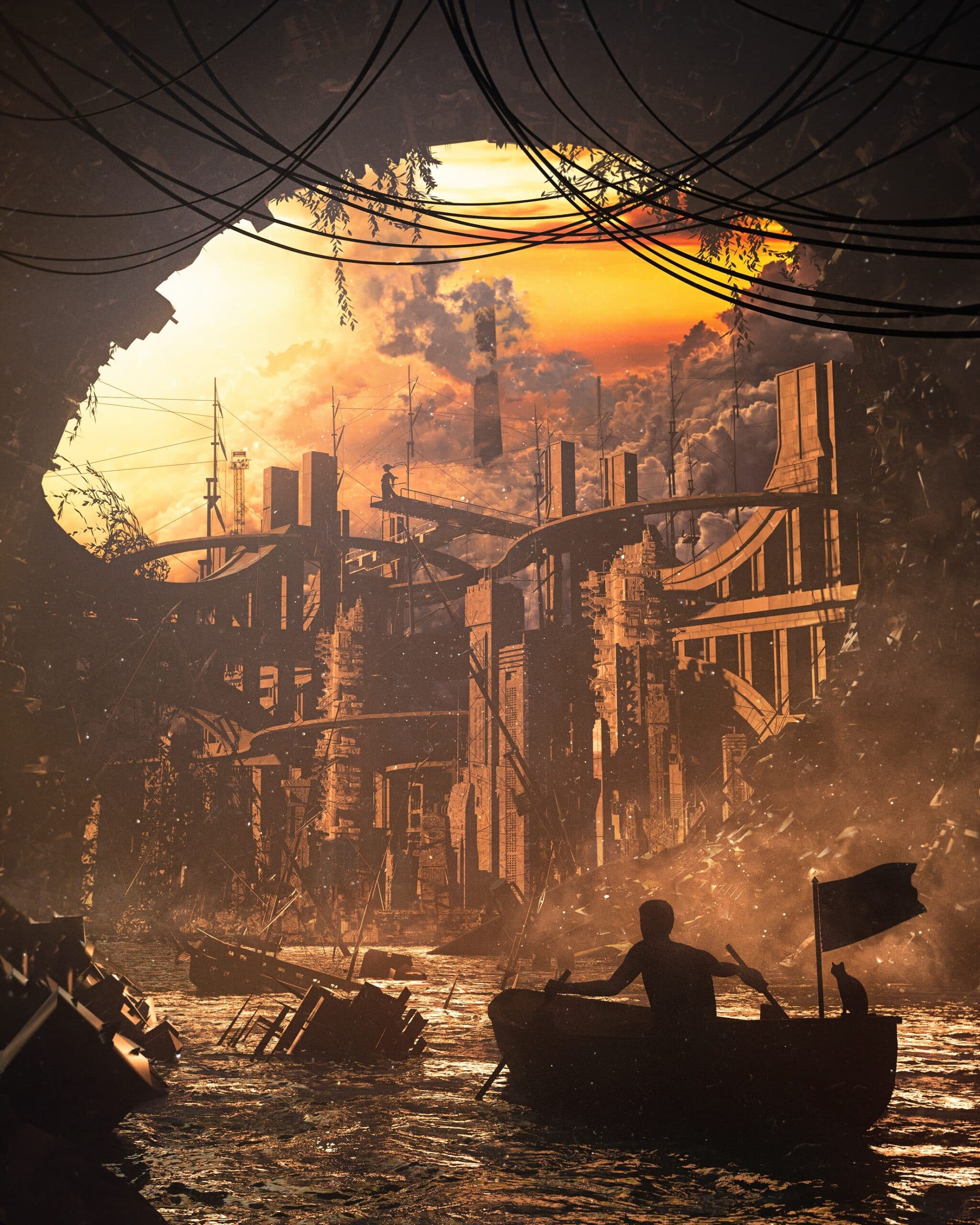
Q: The name of the gallery is Art of This Millennium because we believe that a lot of the pieces that are getting created right now are really part of a new renaissance in art creation and discoverability and sharing. It really is a new era of art that has been born as a result of a lot of the technologies that have been created out of the blockchain. What do you think art looks like in 100 years? In a 1000 years? What is the future of art?
DANGIUZ: First of all, I think the traditional art world and the digital art world will mix more officially. They will unify, they will become one, because galleries, for example, in my opinion– I mean this is just my two cents and I know I’m biased, of course– galleries, I think museums like MoMA or the MET will certainly have some digital pieces sooner or later. I think that’s the first step. I think in 1000 years, or even in 100 years, many artists of our space– maybe someone that’s not even born yet, maybe we don’t know them yet– but they will be remembered as today, we remember Leonardo DaVinci or Giotto or these other big painters, I think. I truly think that.

